 Most viewed - Kobe Center for Overseas Migration and Cultural Interaction 神戸市立海外移住と文化の交流センター Most viewed - Kobe Center for Overseas Migration and Cultural Interaction 神戸市立海外移住と文化の交流センター |

Kobe Center for Overseas Migration and Cultural Interaction was originally the National Emigration Center (国立移民収容所) where Japanese immigrants stayed for orientation before traveling mainly to South America (especially Brazil) by boat.52 viewsThe Emigration Center was used from 1928 to 1971 and it's Japan's only surviving building used for sending Japanese immigrants. Later renamed Kobe Emigrant Education Center and then Kobe Emigrant Assistance Center and Kobe Emigration Center (神戸移住センター).
|
|

Monument for the "Birthplace of Japan's Emigration to Brazil" (ブラジル移民発祥の地)51 views
|
|

Electronical appliances.49 views
|
|

Artist studio49 views
|
|

Entrance.48 viewsOpen 10:00 am -5:00 pm (enter by 4:30 pm), closed Mon. (open if a national holiday and closed on Tue. instead) and December 29 to January 3. Admission: Free
|
|

Japanese language textbooks.48 views
|
|

History of the emigrant center: 1950s-60s47 views
|
|

Statue of emigrants to Brazil. This same statue also stands at Meriken Park in Kobe.47 views
|
|

Exhibition room47 views
|
|

The 1st and 2nd floors have the emigration exhibition rooms. The 3rd floor is mainly offices of local Brazilian groups, and the 4th floor has rented studios for artists.46 views
|
|

This is how the sleeping quarters looked like at the Kobe emigration center.46 views
|
|

Corridor on an upper floor.46 views
|
|

It is also has a consultation center for South American residents of Kobe. Operated by the city of Kobe, the current facility opened on June 3, 2009.45 views15-min. walk from JR Motomachi Station (East Exit) on the JR Tokaido/Kobe Line. Walk straight along Koikawa-suji road (鯉川筋). Or 10-min. walk from Kencho-mae Station on the subway line. From JR Shin-Kobe Station (shinkansen), 10-min. taxi ride.
|
|

Travel routes from Japan to South America.45 views
|
|

Portuguese notices.44 views
|
|
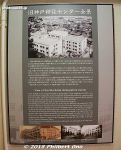
Old Kobe Immigration Center.44 views
|
|

Map of Kobe Port on the floor.44 views
|
|
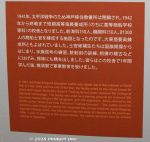
History of the emigrant center: 1940s44 views
|
|
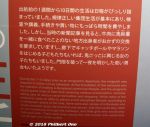
Life in the emigration center.44 views
|
|

This is how the sleeping quarters looked like at the Kobe emigration center.44 views
|
|

Emigrants' luggage.44 views
|
|

During World War II, the facility was used by the Japanese military. Then it became a school for hospital nurses. Today, the building is a South America emigration museum and the base for the Kansai Brazilian Community.43 viewsThere are exhibition rooms showing Kobe's history of Japanese immigration, especially to South America. Art studios, art gallery spaces, and meeting rooms are also provided for cultural exchange.
|
|

Farm tools43 views
|
|

This is how the sleeping quarters looked like at the Kobe emigration center.43 views
|
|

Vintage camera43 views
|
|

Nice stairs43 views
|
|

Emigrant ship to South America.42 views
|
|

It took over 50 days to travel from Japan to South America.42 views
|
|
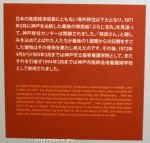
History of the emigrant center: 1970s-80s as a School of Nursing.42 views
|
|

Pictures of emigrants.42 views
|
|
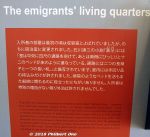
Emigrant's living quarters.42 views
|
|

Lodging facility reconstructed here.42 views
|
|

Exhibition room showing emigration photos.42 views
|
|

History of the emigrant center.41 views
|
|
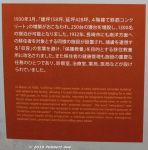
History of the emigrant center: 1930s41 views
|
|
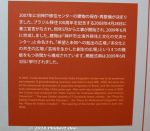
History of the emigrant center: 2007-200941 views
|
|

3rd floor41 views
|
|

41 views
|
|

This was where the Japanese immigrants would stay for up to 10 days to prepare for their long boat journey and move to South America.40 viewsToday, the center is partially a museum where a few of the old rooms used by the emigrants have been restored. Other rooms are rented, including an event hall, meeting rooms, and gallery spaces. It includes a consultation center for South American residents of Kobe.
Museu da Emigração e Centro de Intercâmbio Cultural de Kobe
|
|

Sports equipment.40 views
|
|

Room showing farm tools.39 views
|
|
|
|
|
|
|